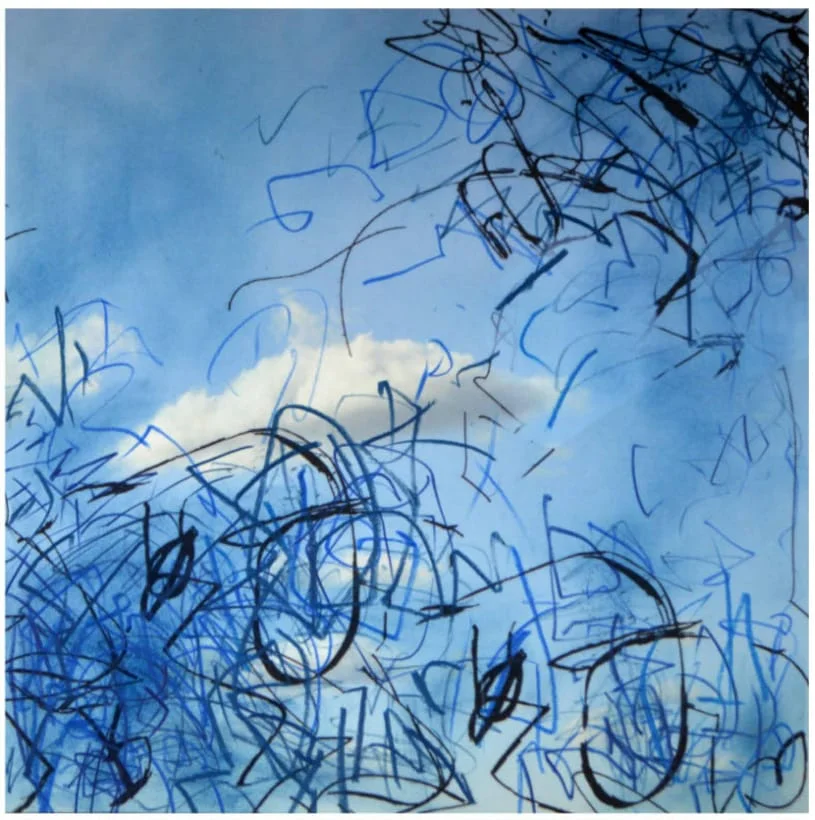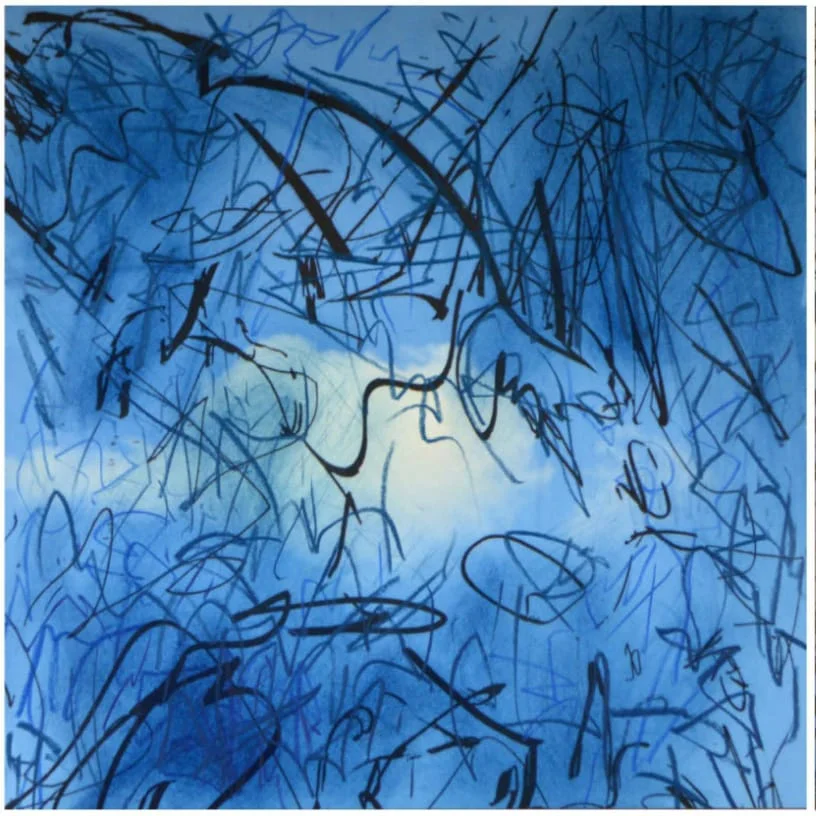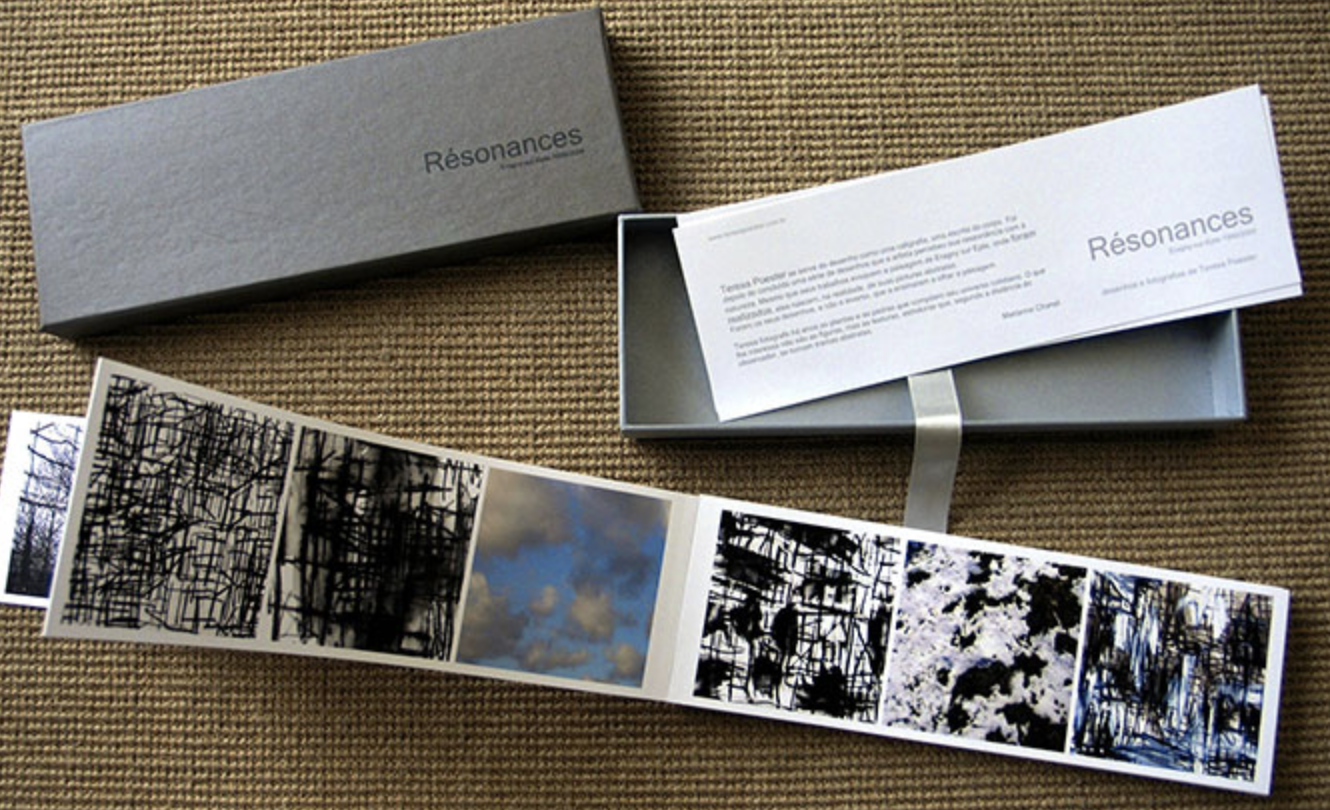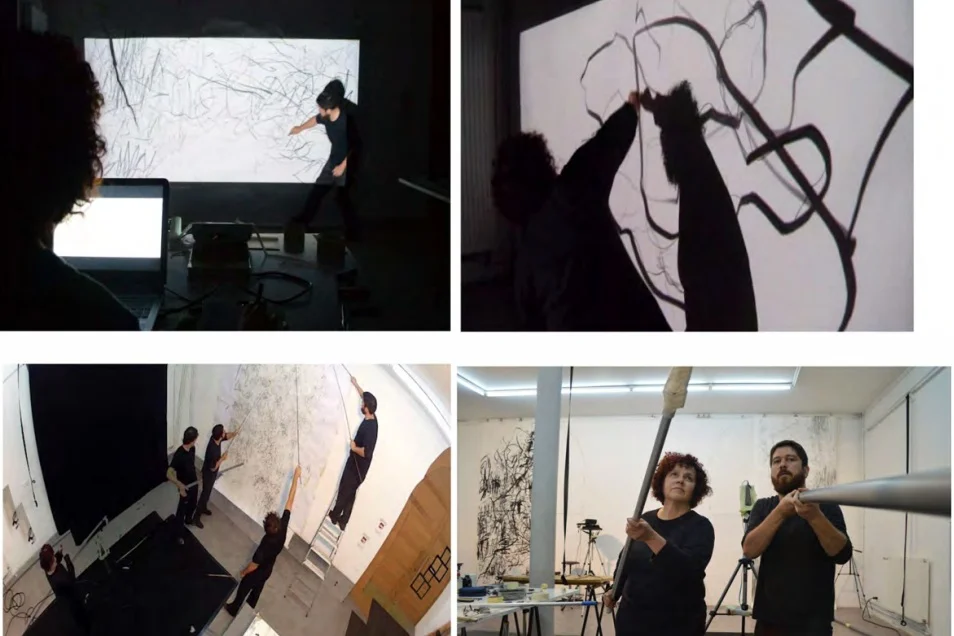Teresa POESTER
b. Bagé, Brazil, 1954.
Teresa Poester is a visual artist and teaches at the Arts Institute of the Federal University of Rio Grande do Sul (UFRGS) in Porto Alegre, Brazil. She began her work in 1980 engaging with the Mail Art movement and also working as a graphic artist, set designer and illustrator. Between 1998 and 2002, she moved to France to do a PhD at Paris 1- Sorbonne University, researching the relationship between landscape drawing and abstraction. In 2012, she founded Atelier D43, together with the artists Caju Galon and Kelvin Koubik. They join forces with a common interest: exploring drawing techniques as performance.
Teresa Poester uses drawing as the main media in her body of work. Yet she takes her practice beyond mixing it and experimenting with different technologies and languages. Drawing and painting become more relevant at a time when handwriting can be replaced by a computer and where the body and its gestures are being progressively excluded from work routines and learning processes. Poester’s research often focuses on these issues: how drawing and painting can change its purposes constantly. Both are moving from its purely aesthetic and artistic value, enabling different ways to explore the world, including educational purposes for example.
Her photos mimic her drawings, not the other way around. Her work starts with drawing and later is embedded in photography. Teresa first creates drawings, more as an abstract process, which later she takes out of her studio and investigates nature’s textures that resonate with her initial designs and pencil strokes. She complements her drawings with her photos, merging both. Her body of work becomes a harmonious and balanced composition of abstract and figurative, of photography, painting and drawing.
When she creates an artwork, she engages her whole body in the process. Each medium needs a different gesture: dry point etching will require more intense and more precise movement; drawing with pencil becomes more relaxed, like a frenetic dance; and the famous “BIC” pen, widely used by the artist (which was seen in the Bic Collection exhibition at 104, Paris), lends its soft touch to the paper, allowing a fluid exchange with the medium.
Teresa Poester, Anagrammes, 2016.
Drawing on photography.
50 x 50 cm.
*Works can be sold individually or in groups
Teresa Poester, Book-object: Réssonances, 2013.
360 images extract from film Réssonances
100 signed copies, 120 pages, format: 2x12x32 cm






